Highlights:
- A new mural by street artist Banksy has appeared on the Royal Courts of Justice building in central London.
- The artwork depicts a judge hitting a protester, with blood splattering their placard.
- It comes days after nearly 900 arrests at a London protest against the ban on Palestine Action.
- The mural has been covered and is being guarded by security; Banksy confirmed authenticity via Instagram.
Banksy’s latest work at the Royal Courts of Justice
A new mural by the elusive Bristol-based street artist Banksy has appeared on the side of the Royal Courts of Justice building in central London.
The artwork shows a judge in traditional wig and black robe striking a protester lying on the ground, with blood depicted on the protester’s placard. While the mural does not explicitly reference a specific cause or incident, its appearance comes just two days after almost 900 people were arrested during a protest in London against the ban on Palestine Action.
Security and public access
Social media images show that the mural has already been covered with large plastic sheets and two metal barriers. Security officials are guarding the site, which sits beneath a CCTV camera.
Banksy shared a photo of the artwork on Instagram, captioning it: “Royal Courts Of Justice. London.” This is consistent with the artist’s usual method of confirming authenticity.
Location and context
The mural is located on an external wall of the Queen’s Building, part of the Royal Courts of Justice complex. Banksy’s stencilled graffiti often comments on government policy, war, and capitalism.
Previous works in London
Last summer, Banksy launched an animal-themed campaign in London featuring nine works. The series concluded with a gorilla appearing to lift a shutter at the London Zoo. Other notable pieces included piranhas on a police sentry box in the City of London and a howling wolf on a satellite dish in Peckham, which was removed less than an hour after unveiling.
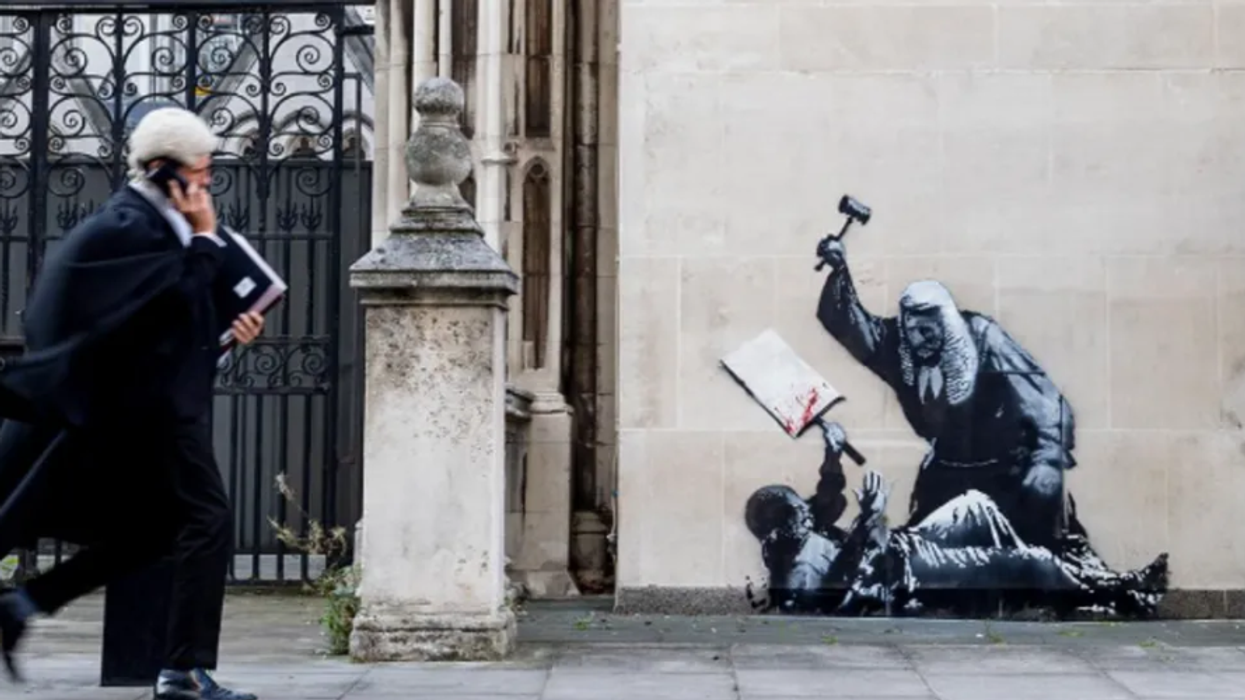


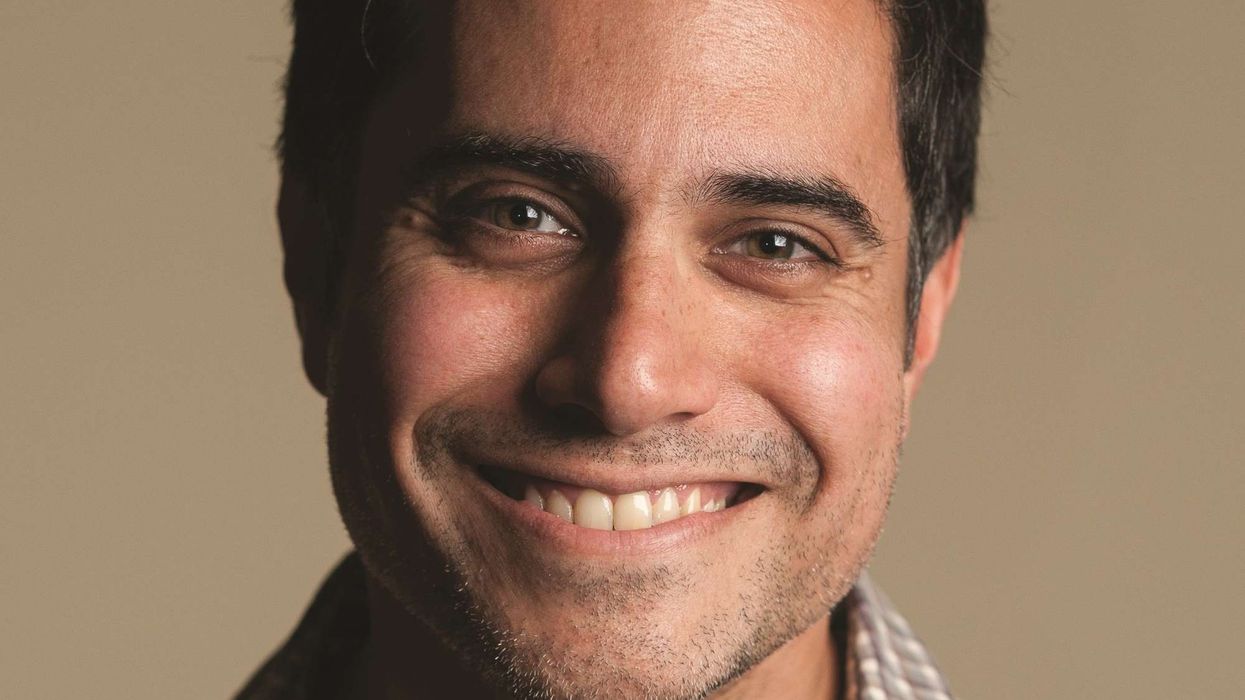
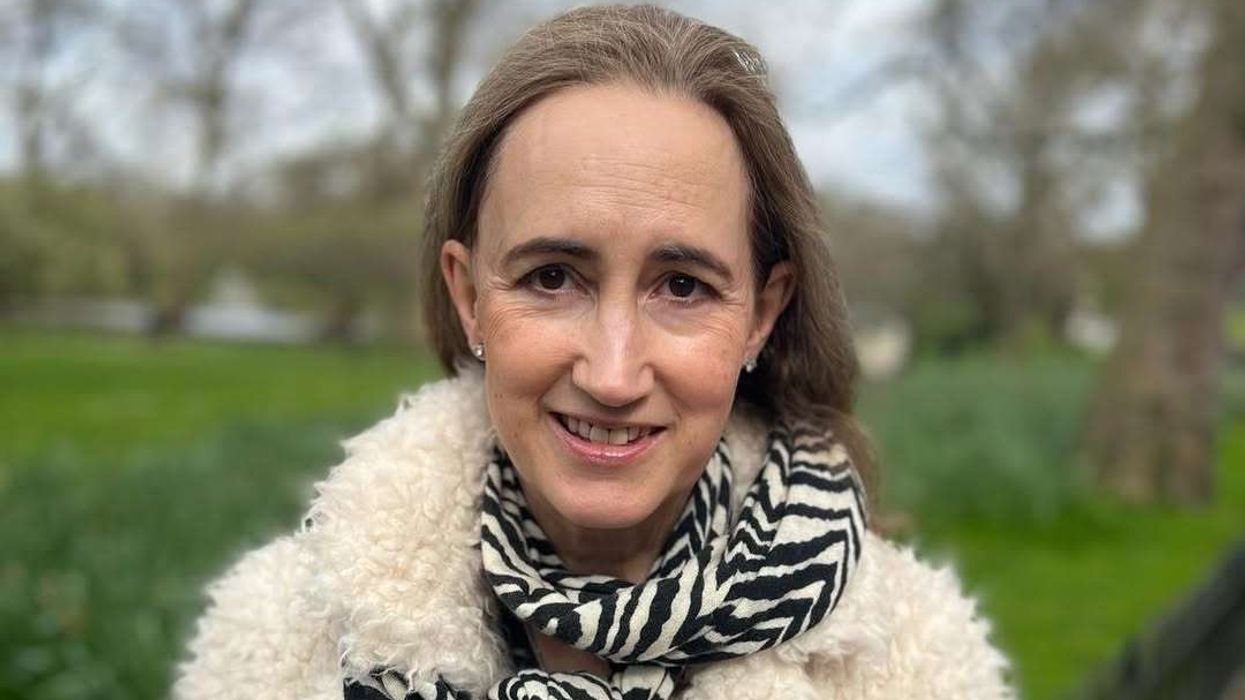
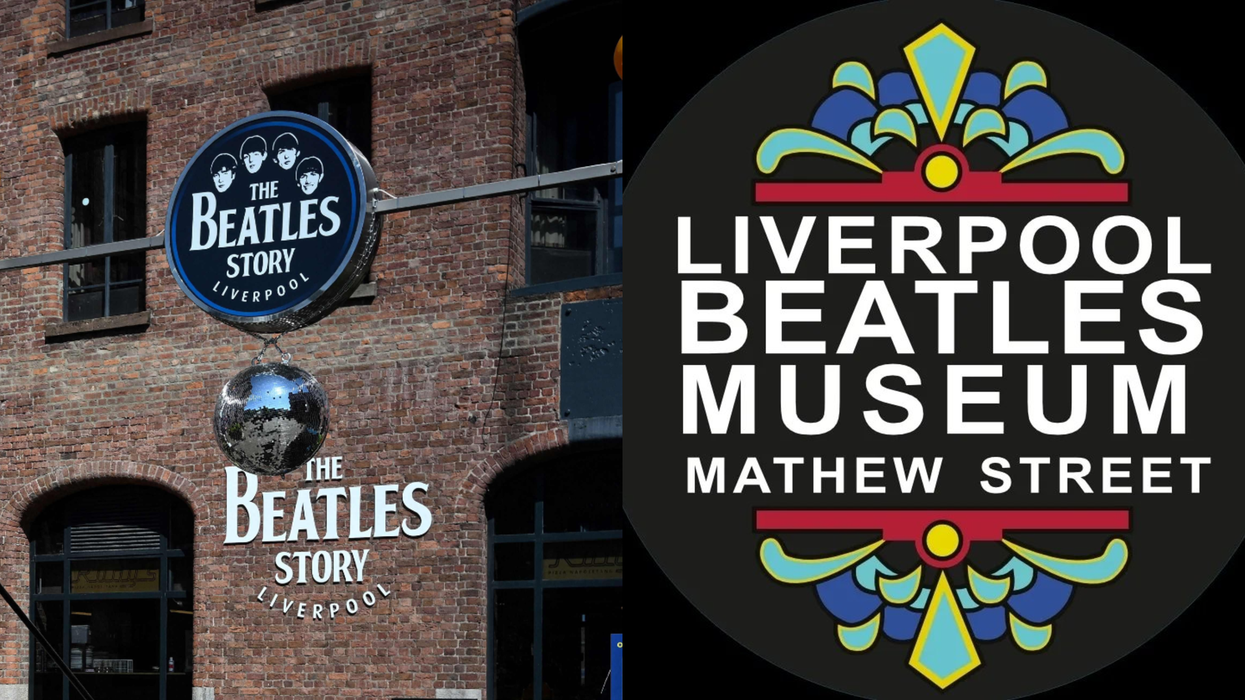

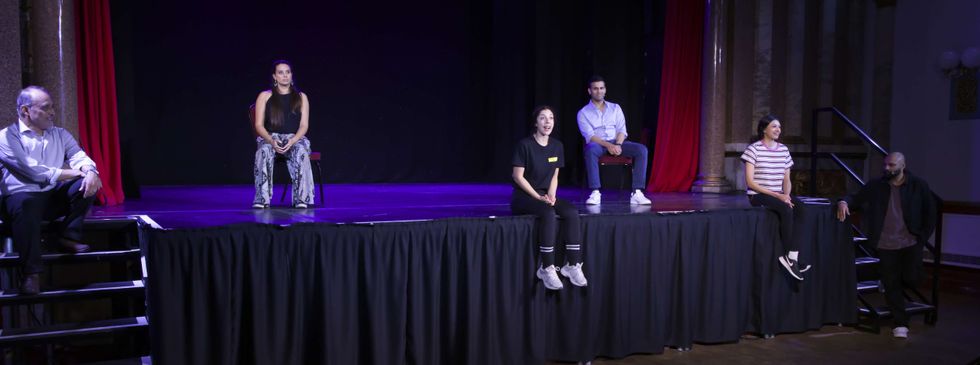 The play is written by Tarun Jasani and directed by Mukul AhmedMGT
The play is written by Tarun Jasani and directed by Mukul AhmedMGT






